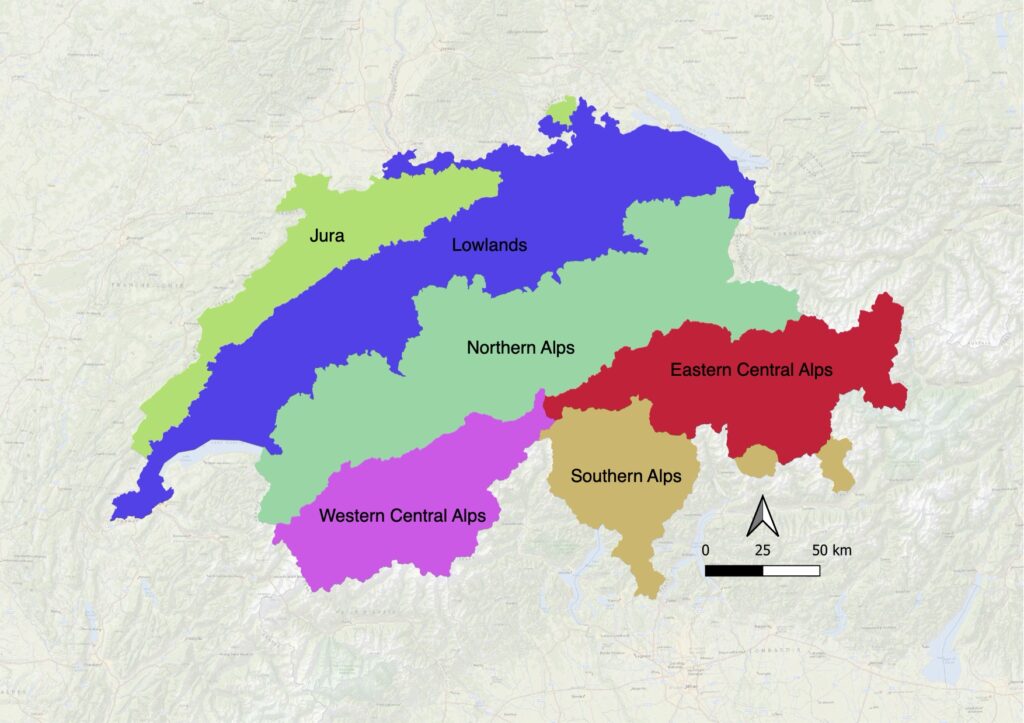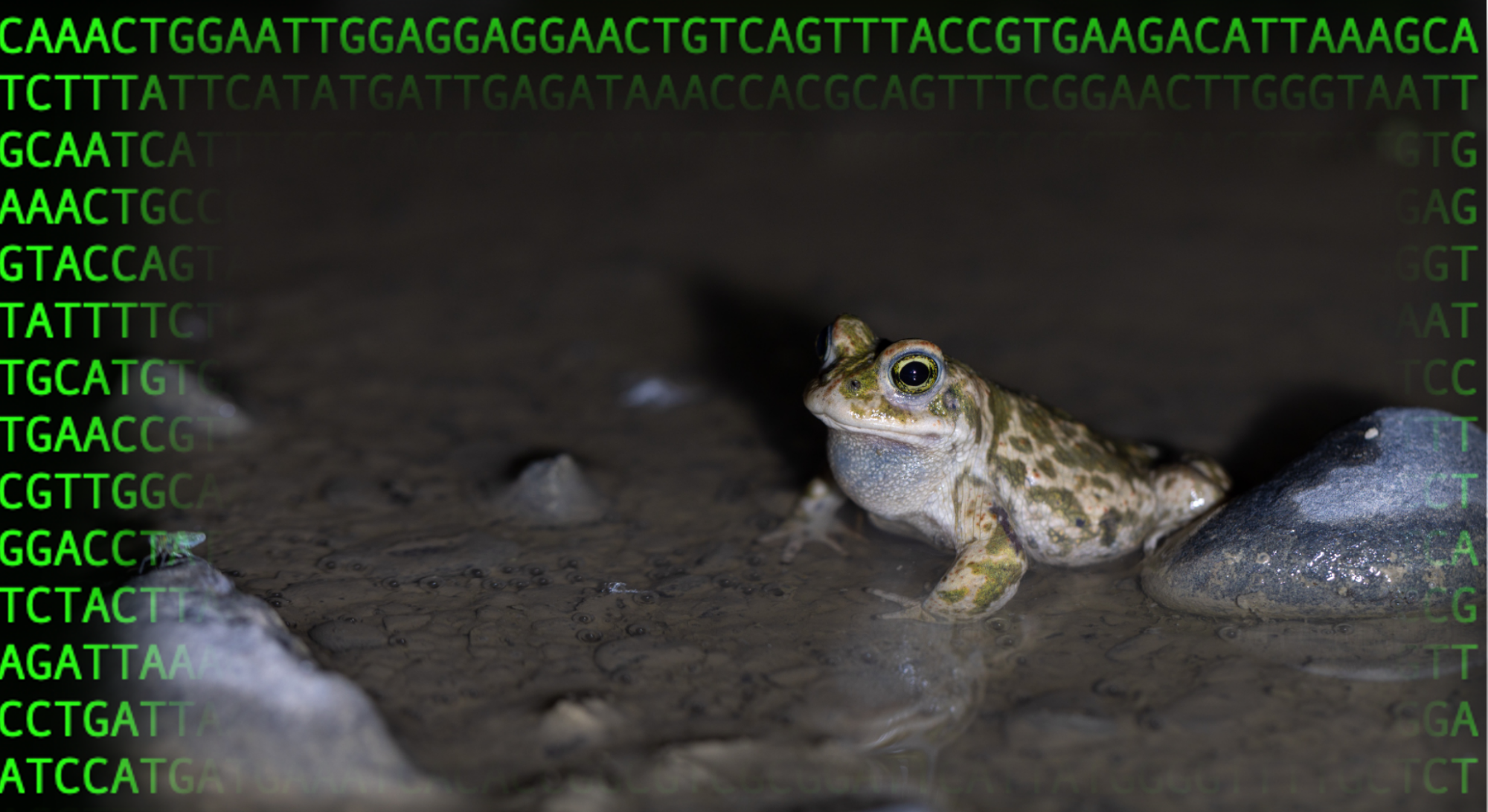When analysing genetic diversity in Switzerland, it is important to take into account the various regions of the country, and in particular the six biogeographical regions. The collection strategy therefore provides for
- both widespread species that occur in all six biogeographical regions of Switzerland, but also less widespread species, are taken into account.
- 10 populations per biogeographical region will be studied. These populations should be at least 5 km and no more than 50 km apart and should be selected at random.
- 10 individuals per population should be studied if possible. Of these, the entire genome (genotype) will be examined using the most modern sequencing methods.

For the pilot study, two of the five species studied will also be analysed retrospectively. Depending on the availability of samples in scientific collections and museums, approximately 100 samples of the last century from each species will be examined. The planned retrospective analysis will thus provide information on changes in genetic diversity over time. These investigations will be carried out in close cooperation with scientific collections and museums. The accessibility of such collections for science, education and culture is part of an ongoing SCNAT initiative.

